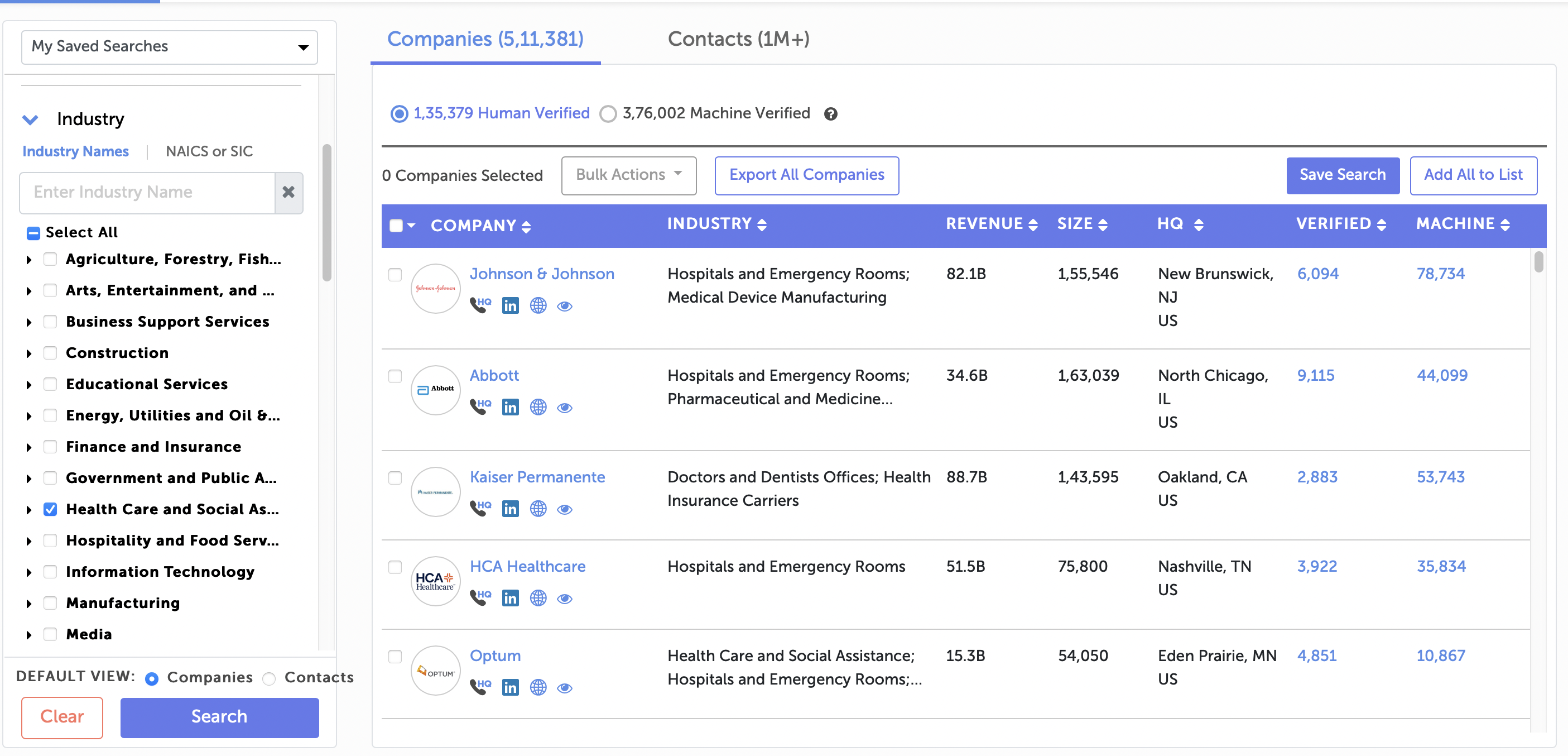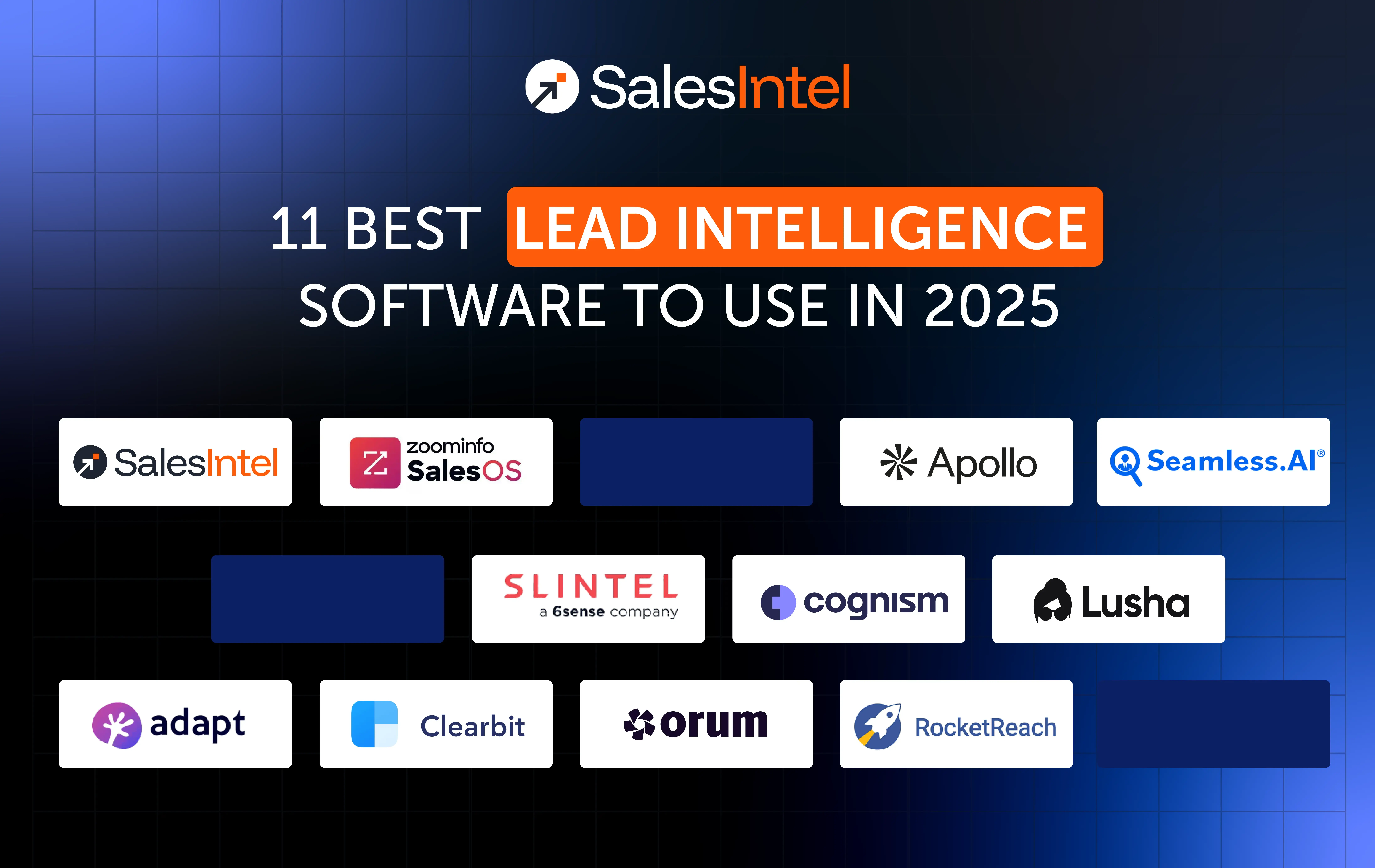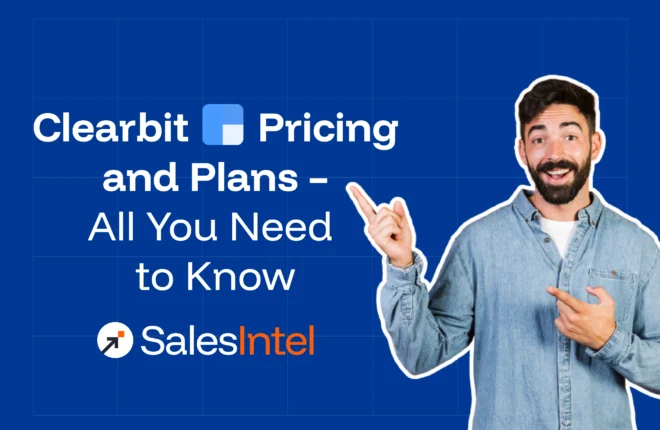With hundreds of billions in annual spending, healthcare is arguably the largest B2B segment that is also recession-free.
No matter the economy or unemployment, people get sick and hospitals need all kinds of supplies and equipment. That said, healthcare today isn’t what it used to be a few years ago. It has evolved from the traditional realms of hospitals, clinics, and pharmaceuticals to include a wider aspect of wellness.
Most companies, for example, offer their employees some kind of health benefits and even on-premises services. Then there are also products like heart rate and BP monitors that companies sell directly to consumers.
At a high level, sales and marketing in healthcare can be segregated into three categories:
- Selling to core healthcare institutions like hospitals, clinics, etc.
- Selling healthcare/wellness products to enterprises.
- Selling directly to consumers,
Since the latter falls into the B2C sphere with its distinct marketing strategies, we’ll mostly focus on the first two ways to sell into healthcare.
Selling to Core Healthcare Providers
Core healthcare institutions like hospitals, clinics, and long-term care centers are generally very cautious about their purchases. They put safety and quality above all else and are willing to pay a premium for top-notch products. However, there are instances where you will find them bargaining for lower costs, especially when engaging with a healthcare software consultancy to optimize their technology investments.
Here are four keys to selling into core Healthcare Providers.
#1. Understand the Process
Healthcare enterprises, and hospitals in particular, tend to have confusing organizational structures that makes it very tough to map the buying center. It isn’t uncommon for executives and managers to be also working as doctors. Other times, the position of chairman may just be honorary, with little or no power to make any purchasing decisions. That means salespeople have to extensively research the job profiles of each prospect before making a move.
#2. Solve a Problem / Differentiate Your Solution
Owing to the critical nature of their operations, healthcare providers are often reluctant to switch vendors for quality considerations. Depending on the product you are selling, you can overcome this reluctance with one of two strategies.
Many providers prioritize healthcare financial assistance programs that offer cost-effective solutions without compromising the quality of care.
Number one: If they aren’t using a similar product, you should explain the problem your product solves and the value they would get out of it. For instance, if you’re selling a software that automate appointments, it would drastically improve patient’s experience by cutting down waiting time while also improving the hospital’s productivity.
Number two: If they already have a vendor for a similar product, you’ll need to explain how yours is better. In most cases, however, equipment and supplies from across the vendors have similar features and quality and thus you might need to lure them with lower cost. It may also behoove you to get medical experts to lobby on your behalf. You should also pitch the higher accuracy or ROI of your medical equipment compared to the one they are using. In any case, you need to provide a strong reason to overcome their reluctance.
#3. Start From Below
One of the common mistakes that many SDRs make with selling into healthcare organizations is that they directly approach the management level. While that works for industries with rigid organizational structure (like banking and government), the same isn’t the case for healthcare. As most executives concede, a credible sponsor from within the organization is the best way for salespeople to gain access to them. That means before prospecting C-Level Executives, it is important to gain the confidence of other people in the organization. This can be a really daunting task given there might be hundreds of people and the mere task of finding their contact information can take weeks. Top marketers should simply source such data from some credible B2B data provider so they can spare their SDRs the trouble.
#4. Penetrate the GPOs
While the above strategy works for large healthcare institutions, the smaller ones typically channel their purchases through GPOs. These are basically groups of smaller hospitals making purchases in bulk to get more negotiating power. There are 8 major GPOs in the US and depending on your product and geography, you’ll need to prospect one or the other. While the core sales and marketing strategy remain the same, the real challenge here is again to find the appropriate contacts.
If you are struggling in any of the stages, SalesIntel offers a wealth of contact information on the healthcare industry across all verticals to help you boost your sales cycle and achieve goals.
Read About – Zoominfo Reviews
Selling healthcare/wellness to enterprises
The first thing to note while selling wellness products to enterprises is that they aren’t under any compulsion to purchase at all. While hospitals need to choose one vendor or the other, companies may even drop the idea of purchasing at all. This makes them an even tough client to make because not only do you have to beat the competition but also create a need for your product in the first place!
Lead by Example
Be it health coverage, gym membership, or massage chairs, companies often provide healthcare benefits as perks to their employees hoping to attract and retain better talent. If you tell them their competitors provide free spa membership to their employees, they are more likely to convert than selling on absolute merit. Of course, not all companies can afford such perks and thus it is essential to only target companies that match a specific revenue threshold. If you have a sales intelligence platform integrated into your marketing engine, such tasks can be easily accomplished.
Brand Awareness
As an extension to the previous point, purchasing healthcare/wellness products by enterprises is more of a brand-building exercise than a purely transactional deal. Be it health insurance or a free clinical checkup, enterprises are more likely to convert if you already have an established brand. They don’t just want any health checkup, they want it from a reputed hospital.
This can be a major hurdle for smaller businesses that don’t have brand awareness. They can overcome this challenge by targeted marketing. For instance, if you send targeted emails and ads to each of the healthcare institution’s employees, you’ll gradually gain more visibility that may influence their purchasing decision.
Wrapping up
As discussed above, the prospects of selling to healthcare institutions hinge largely upon your ability to recognize and connect with the right audience. If you know who can make the decision and you have their contact information, you are already halfway through. The rest is essentially determined by the quality of your product and deal proposal.

So, if you have confidence in your product, we can guarantee the best data of the healthcare industry to significantly boost your sales growth. Request a demo to get started.




![10+ Sales Pipeline Management Tools [+Tips]@4x](https://salesintel.io/wp-content/uploads/2025/09/10-Sales-Pipeline-Management-Tools-Tips@4x.webp)
